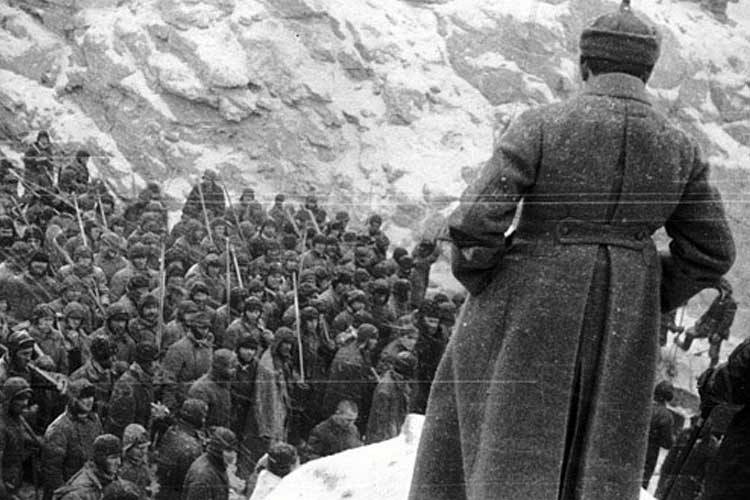Seattle healthcare startup KitoTech Medical faced a challenge at the outset of the COVID-19 pandemic. It was difficult to pitch the company’s microMend wound closure device to new hospitals and clinics, limiting the ability to grow its business.
So in response, KitoTech quickly pivoted and developed two new consumer-focused products — and the results have been “remarkable,” according to CEO Ron Berenson.
KitoTech just raised $3 million to help support its growth. The company is known for its microMend device, which was made from technology originally developed at the University of Washington. It uses tiny staples that poke into the skin on either side of a wound and is applied over a cut like a traditional butterfly bandage. The process is painless and can heal wounds up to three times faster than those closed with traditional sutures, according to the company.









